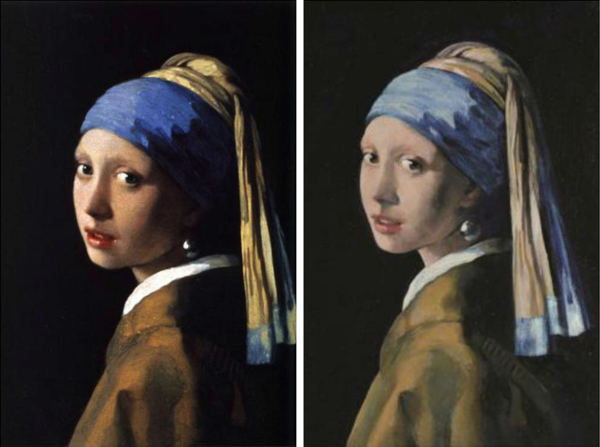Undergraduate Seminar: Fakes and Forgeries

By some estimates nearly half of the works of contemporary art on the market are fakes. A recent book makes a case for fakes being the greatest art of our time, and another charts the history of forgery as backdrop to the art world's current obsession with con artists and their ways. Major museums, long embarrassed by dubious works housed in their collections, now put them on display in exhibitions of fakes and forgeries that invite viewers to pore over controversial works and judge questions of authenticity and authorship for themselves. Popular television series like Antiques Roadshow and Fake or Fortune tap into the widespread interest in how experts discern the authentic from the counterfeit. Fakes and fakery clearly fascinate us. But what can the study of fakes teach us about the artistic practices and cultural values attached to objects deemed worthy of faking? This seminar explores this question using case studies drawn from the fifteenth century to today. Case studies include Michelangelo,'s forged antiquities, and the modern forgeries by Han van Meegeren, John Myatt, and Mark Landis, among others. We will discuss a range of topics from questions of authorship raised by workshop practices, autograph copies, replicas, pastiches, to the practice of connoisseurship, the impact of technical and scientific studies on questions of authenticity, and the problem of fakes in today's art market.
Estimated cost of materials: $50 or more, but less than $100.
HISTART Concentration Distributions: D. Europe and the U.S., 3. Early Modern, 4. Modern and Contemporary.
Evaluation is based on informed participation, a mid-term quiz, in-class exercises, an oral work-in-progress report, and an 10-12 page research paper.
The course is intended primarily for upper-level undergraduates with some background in art practice or art history.
This course fulfills the LS&A Humanities distribution requirement